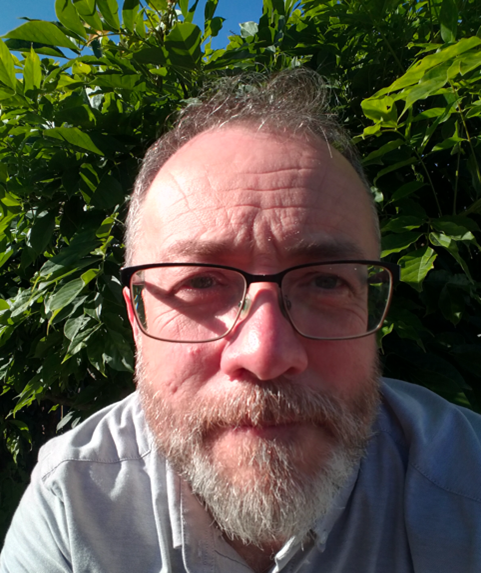From the Younger Dryas to Catalhoyuk: 7,000+ years of foraging in Anatolia’s Konya Basin
Abstract
Anatolia’s Konya Basin is well-known archaeologically as a centre for early agricultural emergence and diversification. Research from the Neolithic mega-site of Catalhoyuk East has framed archaeological understanding of this region in the early Holocene, evidencing the presence of sedentary, farming-focused settlements of permanent rectilinear mudbrick houses from at least c. 7100 BC, the latter replete with elaborate symbolic behaviour. Research at nearby Pinarbasi and Boncuklu show occupation evidence for the preceding 7,000+ years, including mobile and sedentary presence on both the wetland plain (Boncuklu) and its margins (Pinarbasi A and D). Intensive recovery and analysis of plant and animal remains has provided a rich history of food procurement practice. Rather than seeing this period as a pre-cursor to farming, this paper considers the evidence for a diverse, economically reliable and adaptive range of food systems, developed by a population at once reproductively isolated from, yet culturally connected to others in the region. In a warm-up for WAC10, the speaker reflects on implications of the long and selective history of agricultural introductions that once again followed a unique developmental trajectory.
About the presenters
Prof. Andy Fairbairn 
Andrew Fairbairn is an archaeobotanist and archaeologist interested in how people in the past used plants and affected the environments in which they lived through foraging, agriculture, forestry and trade. Andy studied at the UCL Institute of Archaeology in London before working at The Museum of London, Cambridge University, The Australian National University and, since 2006, at The University of Queensland in Brisbane, Australia, where he is Professor of Archaeology. He has worked on over 200 projects across the UK, central Europe and Southwest Asia, as well as in Papua New Guinea, China and Australia. Since 1999 Turkiye has been his main research focus, and he has investigated early farming at Neolithic Çatalhöyük East, Pınarbaşı and Canhasan III and Boncuklu, where he was project co-director, as well as Bronze Age, Iron Age and Medieval occupation at Kaman Kalehöyük, Büklükale, Yassihöyük, Kültepe and Kinet Höyük. He has active field research with the Mithaka Aboriginal Corporation in western Queensland and has published on Mirrar and Quandamooka archaeology, as well as Australian historical archaeology. His alumni include archaeological practitioners in several countries across the university, government and private sectors. He is Associate Editor for the journal Vegetation History and Archaeobotany.
About Archaeology Working Papers
The Working Papers in Archaeology seminar series provides a forum for dissemination of archaeological research and ideas amongst UQ archaeology students and staff. All students are invited to attend the series and postgraduate students, from honours upwards, are invited to present their research. The aim is to provide opportunities for students, staff and those from outside UQ, to present and discuss their work in an informal environment. It is hoped that anyone interested in current archaeological directions, both within and outside the School and University, will be able to attend and contribute to the series.
